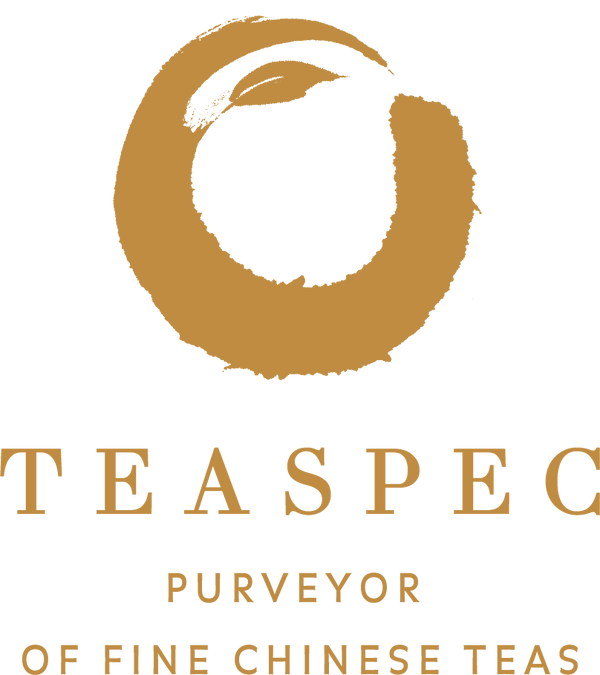I happened to try this tea, and it's amazing.
The tea is vrry very good. I am not considered a connisiour so I don’t know how to write a glowing report like wine critics. The white tea is simply delicious
One of our favourite teas - great for gifting (or for yourself)! The tea bottle is well designed and the tea itself is great quality.
From my colleague:
She has loved the gift set.
Beautifully presented with the unique red gift box & golden prints, classy look which matches the high quality Pu-erh teas.
She is now using the travel tumbler everyday!
I have always loved green teas. Pu-erh raw (that is what I have tasted from this purchase) has changed my whole perspective of Chinese teas which I used to have with my late grandparents—maybe black roasted Chinese teas (too strong).
The OPUS raw situates between the taste of black teas and my favorite Jade Oolong. Love the slight fruitiness in it.
Below is my impression of OPUS Pu-erh teas:
The experience of brewing a cup of Pu-erh brings joys and hope just like one sailing through the journey of life. Its rich history comes through when the unique Pu-erh’s sweetness and gentle bitterness lingering in our palate from the very first sip. One must experience to know it !






